I am building a breadboard/Arduino reader to dump the data on a very old Intel 1702A EPROM chip. (data sheet) When doing some basic testing by tying all the address pins to ground, I am seeing unexpected negative voltages (between -5V and about -7V) on all of the output pins.
The data pins should be TTL logic level producing around 0V low and 5V high, right? The data sheet seems to suggest that a low output level could actually be -3V, but -5 and -6V outputs seem too negative to me. I tried another unknown-contents 1702A chip in the same circuit with the same results. I've also tried randomly moving some address pins to logic high to try different addresses but I never see any output values near or above 0V.
Before I hook up the Arduino and go bit-banging all the address range, I want to make sure I'm not damaging something.
Can someone enlighten me as to whether:
- This seems like it's just a bunch of valid zero data values and I haven't found any nonzero ones yet?
- These chips are busted and untrustworthy somehow?
- The chips are probably fine but I've got something misconfigured or misunderstood somewhere.
Thanks for any insight.
FWIW The 1702A requires +5 V and -9 V inputs, which I now have thanks to a voltage inverter and the Arduino's 5V regulator. My primary supply is a 9V DC wall wart (Arduino is not currently attached to any other power source) putting out solid 9V and inverted to -8.55V under load which is right at the edge of the operating range but seems like it should work. All the connections marked Vcc are tied to +5V, and Vgg/Vdd to -9V. (bar-CS is tied to GND as noted in the data sheet). Input addresses are tied to GND or sometimes +5V to try different addresses.
Pinout copied from data sheet, read mode voltage specs in the data sheet.
